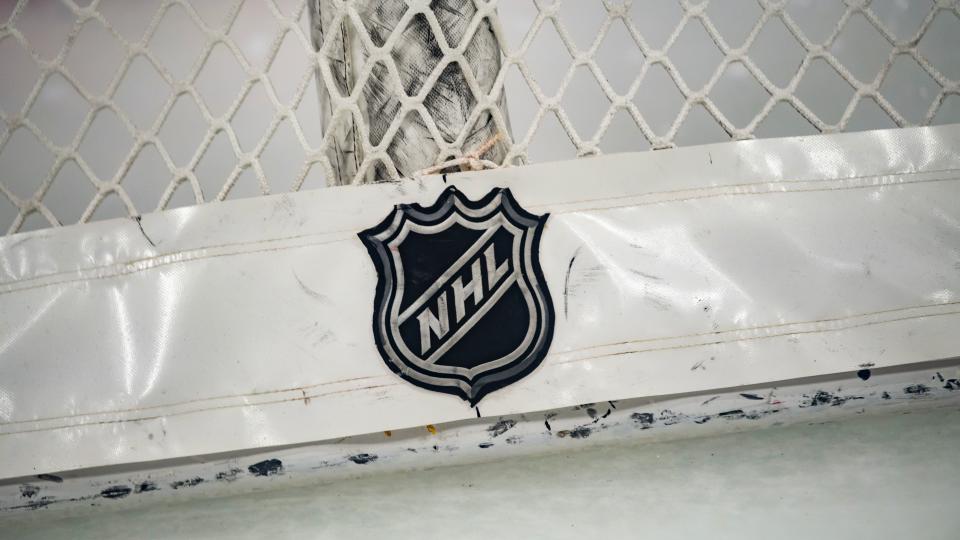What NHL players will be voting on early this week

Working through the holiday weekend in the United States, it appears the NHL and NHLPA have together produced the framework for the league’s return-to-play action plan — and with little-to-no time to spare, as the initial steps in that process are set to begin as early as this time next week.
But while it seems that the dates for the initiation of training camp and the start of games are set, the hub cities — Toronto and Edmonton — are chosen (yet still not official), and the details within those bubbles have been established, everything, it’s been reported, is subject to agreement on a new Collective Bargaining Agreement.
A collection of hurdles that would traditionally take months and perhaps even a labour stoppage for the NHL and NHLPA to collectively clear now appears a breeze for the two sides. That’s because one thing can’t happen without the other, and the appetite to resume to the 2019-20 season seems to be a shared one.
Still, ironing out every detail and permanently filing it in writing is a gradual process and likely not something that can be finalized before serious headway has to made on the return-to-play plan.
So, what the NHL and NHLPA are currently working on is what insiders are calling the “Memorandum of Understanding” on a six-year extension of the Collective Bargaining Agreement. Once that’s finalized in the next few days or hours, it will be subject to approval from the Board of Governors and then sent out the player population for a vote.
Should that pass through the majority, the NHL and NHLPA will have agreement on the key conditions of a six-year extension on the labour rules through the 2025-26 season.
And the current season can then resume.
Naturally, a slew of information has leaked out of the negotiations, both in regard to improvements and changes to the new Collective Bargaining Agreement, as well as the conditions surrounding a summer of hockey played in a bubble.
Here’s a sample of what the players will be voting on in the very near future:
The New CBA
Olympics: In what’s likely the largest concession made on the part of ownership in the six-year extension being discussed, the NHL will apparently allow the players to return to the Olympics in both 2022 and 2026. NHL owners have been staunchly against interrupting the season to allow players to compete at the highest level in the sport, and took that opportunity from them in 2018. Participation remains subject to negotiations with the IOC.
Salary Cap: The upper limit in payroll for teams will remain fixed at $81.5 million next season, and possibly until the league reaches a certain total revenue target. Sportsnet’s Elliotte Friedman reports that $4.8 billion in revenue could be the goal.
Escrow: The built-in function that ensures a 50 percent share of revenue for the owners will continue to be used. However, it will be capped at a lower percentage throughout the life of the six-year extension, de-escalating from 20 percent to as low as six percent.
Plus-35 Contracts: No longer will teams that sign players over the age of 35 remain saddled with the salary cap hit should the player decide to retire.
Minimum contracts: Baseline salary will jump from $700,000 to $750,000, and will eventually reach $800,000.
Return to Play
COVID-19 Testing: Each team will have 52 players and staff members receiving access to the secure zones in Toronto and Edmonton. Everyone will be tested three times over the course of seven days prior to arriving at the bubble. They will not be forced into quarantine, but COVID-19 testing through both nasal swabs and temperature checks will begin immediately and be administered daily throughout the entire process. There will be no contact with members of other travelling parties for five days upon arrival.
Accommodations: Each player will have their own hotel room on team-designated floors. They will not be allowed into each other’s rooms at any point. Shared spaces for social distancing will include the hotel restaurants, bars, exercise rooms, pools and other designated areas. There is also a plan to organize “excursions” for the players.
Masks: Players will be required to wear their masks at all times when not in their rooms. The only exceptions are when exercising, competing or eating.
Leaving the Bubble: Exceptions will be made for medical or personal reasons. Players will be required to quarantine upon returning.
Families: Players’ families will be allowed to enter and stay in the bubble beginning no earlier than the conference finals in Edmonton, meaning that participants will be away for their families for the play-in round as well as the first two rounds of the Stanley Cup Playoffs.
Positive tests: A single positive test will result in immediate isolation and follow-up testing. No player who tests positive will be identified publicly.
Playoff Bonus: There will be some extra incentive with the postseason prize money pool doubling to $32 million.
Opt-out: Players can choose not to attend the bubble without penalty.
More NHL coverage on Yahoo Sports

 Yahoo Sports
Yahoo Sports 

